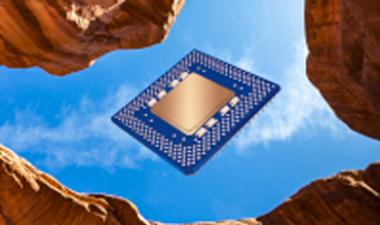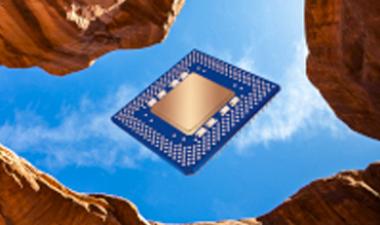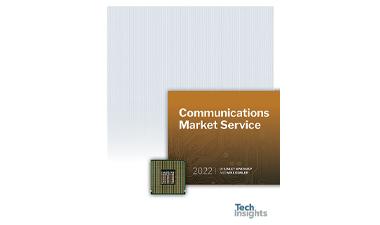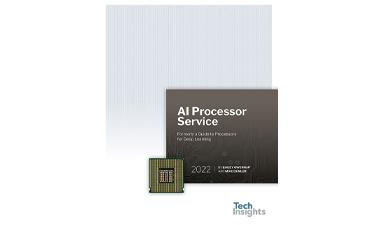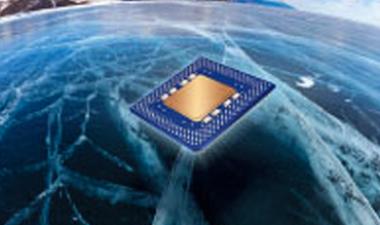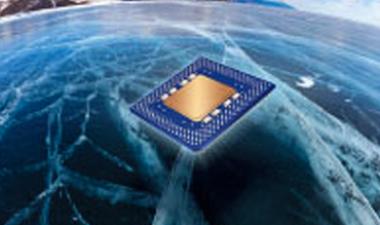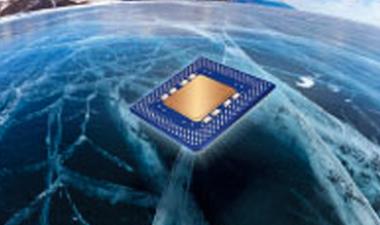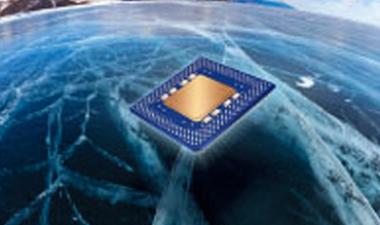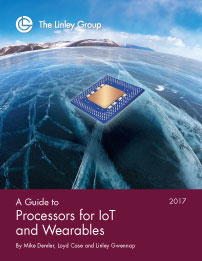
Understanding the Internet of Many, Many Things
The Internet of Things (IoT) is a buzzword that encompasses a wide range of end products, ranging from industrial control to home automation, from smart utility meters to networked refrigerators, from connected cars to smart watches. Almost any embedded system can be turned into an IoT device by simply adding a wired or wireless Internet connection. This simplicity enables a rapid pace of innovation — some good and some not.
The IoT market is difficult to measure because of its diversity and the lack of clarity as to what exactly IoT means. Many forecasters expect 25 billion or 50 billion or 75 billion IoT devices will be active in 2020, but these vague estimates often include smartphones, PCs, and other existing client devices. We instead examine the IoT market segment by segment to identify specific incremental opportunities. This approach also exposes the price points and technical capabilities that will be required.
Today, many IoT products use standard embedded processors or microcontrollers (MCUs), but the market is still quite nascent. Although industrial devices, such as smart meters, may cost more than $100, consumer devices will require lower prices to enable the expected growth. As the bill-of-materials (BOM) cost, or incremental BOM in the case of an appliance or car, falls below $10, low-cost processors and connectivity chips are required. In many cases, the processor and wireless chips will come from the same supplier or will be integrated onto the same chip. This approach simplifies the system design and reduces cost.
Many chip vendors are already developing or delivering products that combine a processor and a wireless connection. Depending on the target applications, the type of connectivity could be Wi-Fi, Bluetooth, Zigbee, proprietary sub-1GHz protocols, or emerging narrowband cellular protocols such as NB-IoT. “A Guide to Processors for IoT and Wearables” focuses on this emerging product category of integrated IoT processors.
Unlike typical market research, this report provides technology analysis and head-to-head product comparisons. Which chips will win designs and why? How will these vendors be positioned as the Internet of Things continues to grow? Only The Linley Group’s unique technology analysis can provide this forward-looking view.
We Sort Out the Market and the Products
“A Guide to Processors for IoT and Wearables” begins with an extensive overview of this complex market, breaking it down into several segments such as industrial, smart meters, home automation, connected appliances, and wearable devices. For each segment, we discuss the processor and connectivity requirements as well as cost and power. We also provide a forecast for each segment, indicating how the IoT is likely to grow.
Following the introductory chapters, the report delivers detailed coverage of integrated IoT processors from Cypress, Dialog, NXP, Marvell, MediaTek, Qorvo, Realtek, Sequans, Silicon Labs, Texas Instruments, and Toshiba. It also covers IoT-focused processors from MicroChip, Ineda, Intel, Samsung, and STMicroelectronics. For each of these vendors, we discuss the company’s strategy for IoT, its relevant products and technologies, and expected future directions. The report includes technical specifications for the relevant announced products and discusses how well they fit their target applications.
The report concludes with a comparison of these products, broken down by application, to highlight which products and vendors are best positioned to succeed in IoT. Finally, we offer our outlook for the leading vendors and for the overall market.
What's new
"A Guide to Processors for IoT and Wearables" has been updated to incorporate new announcements made since the publication of the previous edition.
Here are some of the many changes you will find:
- Updated information on emerging trends and standards
- Coverage of new processors from Dialog, MediaTek, Silicon Labs, and Nordic
- Market growth and market share predictions for the coming years
Executive Summary
The “Internet of Things” (IoT) is one of the most overused terms in the semiconductor industry, yet its definition remains unclear. Some people use the IoT label for any Internet-connected device, including set-top boxes, smartphones, and PCs. Rather than applying this label to large established markets, we prefer to focus on new markets, allowing us to gauge IoT’s true incremental value. A new class of processors is emerging to meet the unique requirements of these markets.
Initial forecasts of 50 billion IoT devices by 2020 were wildly optimistic, even though they included all Internet devices. Our forecast — which excludes established markets — predicts shipments of 1.6 billion IoT and wearable devices in 2020. By comparison, we expect 2.1 billion smartphones to ship that year. Our forecast shows a total installed base of about 5 billion devices in 2020. Since the previous edition, we’ve trimmed our forecast to accommodate the slower-than-expected rollout of consumer IoT products.
Our forecast assumes consumer devices will ultimately become the biggest contributor to IoT volume, as consumers far outnumber businesses. We limit the target market for consumer IoT to the 600 million households worldwide that will have Wi-Fi and broadband connectivity in 2020, not the seven billion individuals on the planet. Because the value for consumer IoT products remains unproven, forecasts for the number of IoT devices per household are highly speculative. Our model shows an average of 7.5 IoT devices per target household in 2020.
To reach this deployment rate, IoT-device vendors must improve the cost, battery life, and user interface of their products. Interoperability, ease of installation, and resistance to hacking are valuable features. Above all, these vendors must enable more-compelling applications that allow consumers to more easily manage their homes, access information, and monitor their health and security.
Industrial-IoT adoption is further along, as these devices have shown an ability to improve process flow and reduce operating cost. Smart electric meters were the initial leader, but we are starting to see considerable deployment of smart-city sensors (mainly cameras) as well as devices for smart parking and smart farms.
To cut system cost, application-specific semiconductor products (ASSPs) are emerging. Because most IoT devices have a wireless connection, integrating the processor and the radio is becoming common. IoT processors often integrate memory (RAM and ROM) as well. Analog interfaces (including analog/digital converters) can connect the processor to sensors, motors, and actuators. This level of integration also trims power consumption, which is critical in wearables and other battery-operated devices, such as remote sensors.
Because IoT covers many different applications, processing and wireless requirements vary. Many IoT devices perform little processing, merely uploading their data to a cloud service and executing simple commands. These devices typically use low-cost microcontrollers; the radio is either integrated in the MCU or on a separate chip. Other IoT devices, such as thermostats and security cameras, require more-expensive processors to analyze data or drive a display. Most consumer IoT devices use Wi-Fi, but to reduce cost and power, others use IEEE 802.15.4 or similar protocols. Wearables typically communicate with a nearby smartphone using Bluetooth. Vehicles and some industrial devices rely on cellular.
Many chip vendors have already jumped into the IoT market. Cypress, Dialog, Marvell, MediaTek, Nordic, Qorvo, Qualcomm, Realtek, and Sequans have added a programmable CPU to their existing wireless chips to create integrated IoT processors. Many of these chips include a proven Wi-Fi radio and are well suited to consumer IoT devices, but this approach also works with Bluetooth and low-speed LTE (e.g., NB-IoT).
Microchip (after acquiring Atmel), NXP, Silicon Labs, STMicroelectronics, and Texas Instruments have instead added wireless to their existing microcontrollers. These processors have limited CPU horsepower, but they often integrate memory and analog interfaces to reduce system cost. Most of them support simple protocols such as 802.15.4 and Bluetooth, which also minimizes power. TI is the only vendor in this group that has integrated Wi-Fi, based on its former mobile-connectivity products.
Many wearables shipping today (including the Apple Watch) use repurposed smartphone processors. MediaTek has gone the extra mile and designed a highly integrated processor for smartwatches. Qualcomm rolled out its first wearables processor, which is popular for Android Wear. Samsung uses a version of its Exynos processor in its Gear watches.
Intel generates large “IoT” revenue from its embedded x86 processors, but it has yet to integrate x86 and wireless (other than cellular) on the same chip. The company’s Curie module combines its Quark SE processor with Bluetooth, memory, and analog components. This multichip approach is power hungry and costly, but it could eventually lead to an integrated solution.
Each of these initial processor offerings has shortcomings that prevent it from addressing the entire IoT market. As long as IoT demand remains small, chip vendors will hesitate to invest large sums in ASSP development. Once a few IoT devices achieve high volumes, some vendors will improve their products to meet the needs of those applications. But the IoT market is broad enough to accommodate a large number of suppliers. This report explains which IoT and wearable devices each vendor can address today, as well as which technologies each can use to develop ASSPs for these applications.
This report is written for:
- Engineers designing IoT or wearable chips or systems
- Marketing and engineering staff at companies that sell related chips who need more information on the IoT
- Technology professionals who wish an introduction to the IoT
- Financial analysts who desire a hype-free analysis of the IoT market and of which chip suppliers are most likely to succeed
- Press and public-relations professionals who need to get up to speed on this emerging market





